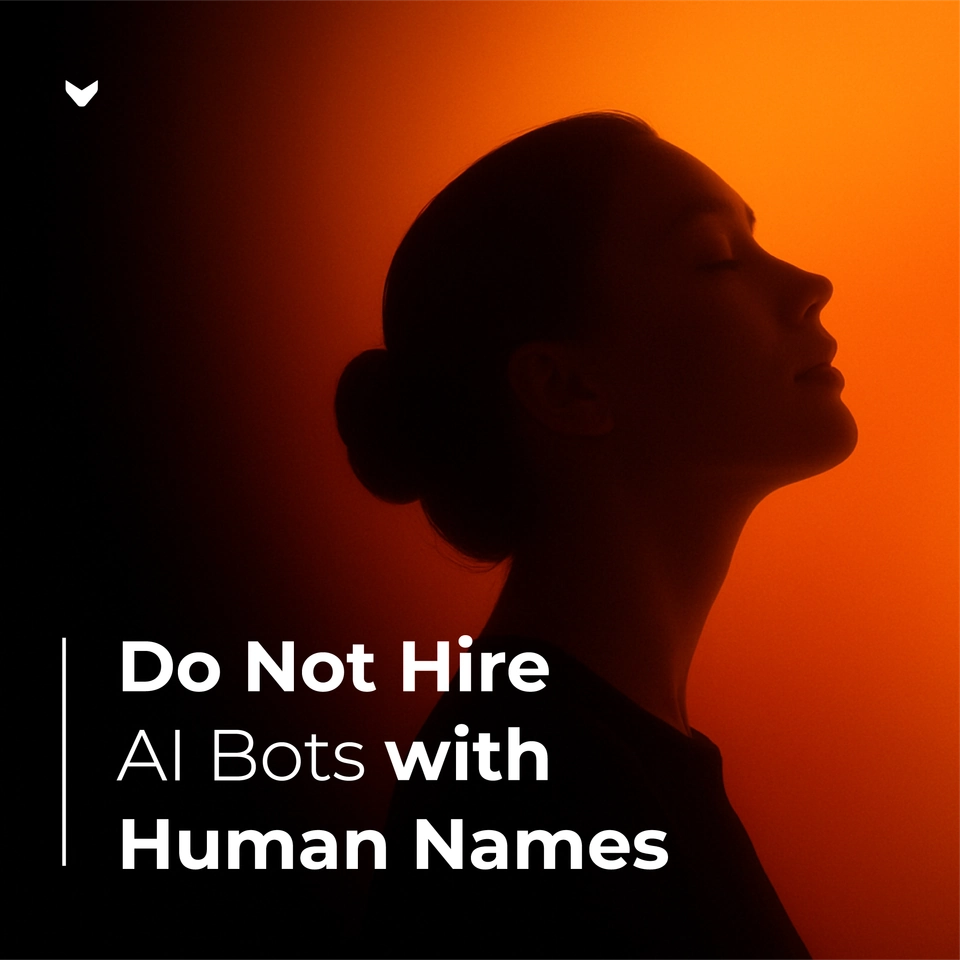- Introduction
- Unconscious Bias
- In Recruitment
- The Alternative
Detecting Unconscious Bias
Introduction
To succeed in a fast-paced, hyper-competitive global marketplace companies must innovate, but a technology skills shortage is looming. As a result, 94% of the fastest growing tech firms state that finding, recruiting and retaining tech talent is a growing concern[1].
Companies need a whole new diverse talent pool (with respect to ethnicity, gender, disabilities etc.) for economical survival and growth. Companies declared ‘commitment to equal opportunities’ in the 1990s, yet diversity levels haven’t changed since the early 2000s. Twitter’s tech staff is only 2% Hispanic, 2% Black and 28% women, whilst Microsoft show 5%, 3% and 24%, respectively[2].
Unconscious bias is the leading cause for the lack of diversity within the workforce.
Unconscious Bias
Google was the first to call out unconscious bias for contributing to the systematic lack of diversity in the technology industry. Sheryl Sandberg, Facebook’s COO, states ‘The most important thing is to correct for unconscious bias to help us build stronger, more diverse and inclusive companies’.
Unconscious biases are the automatic, mental shortcuts used to process information and make decisions quickly, growing people to social norms and stereotypes. Unconscious bias can prevent individuals from making the most objective decisions. They can cause people to overlook great ideas, undermine individual potential, and create a less than ideal work experience for their colleagues. By understanding unconscious bias and overcoming it at critical moments, individuals can make better decisions - from finding the best talent (no matter what the background) to acknowledging a great idea (no matter who it came from) - and build a workforce that supports and encourages diverse perspectives and contributions. Awareness of unconscious bias usually brought about via the Implicit Association Test developed by Harvard University, that leads to the bias training. However, strong evidence from Intel shows that diversity training turns out to be the least effective of several approaches to improving diversity and eliminating managerial bias.
In Recruitment
According to BeHiring, companies receive applications within 200 seconds after a job is posted, and an average of 250 CVs are received for each job position. This demand requires recruiters to read through CVs quickly as competition for talent increases. In 2012, TheLadders conducted the first ever formal, quantitative study of recruiters’ on-the-job behaviour, where eye-tracking was used for 10 weeks concluding that recruiters only spend a mere 6 seconds reviewing a candidates CV. In 2015, research shows that just 8.8 seconds is spent studying any one person’s CV in a process that has become ‘Tinderised’. However, what do they look at during that time and how do they make choices? How do you detect and correct for unconscious bias?
The Alternative
This is where MeVitae comes in, building the first-ever technological alternative to ineffective unconscious bias training.
The vision is to end diversity as a buzzword, be a force for breaking glass ceilings and close the tech skill gap to accelerate innovation. MeVitae the top 50 disruptive game changers in Thames Valley, and top 100 TechCity influential UK tech businesses, supported by the likes of Microsoft, European Space Agency and Oxford University.
Eye-tracking device and neuroimaging; Emotiv electroencephalogram (EEG) coupled together will allow MeVitae to measure how employer’s brains react to the IAT test, different CVs, and sentences, hence making the unconscious bias, conscious to detect unconscious bias. The neural behaviours of hiring of employers will be decoded to determine patterns on what employers look at in CVs and build a bias correction algorithm that scores, ranks and shortlist candidates for jobs irrespective of social class, race, ethnicity, gender, disabilities, etc. through the use of Big Data and artificial intelligence (augmented human intelligence). This innovative solution has already garnering interest by top innovative and technology companies in the UK and Silicon Valley, due to be released Spring 2017. Riham Satti, CEO of MeVitae states that ‘this is the first towards disrupting the human capital market and solving the biggest recruitment challenges, with the vision of unleash human potential through cognition.
[1] McCalla, S. (2014). Tackling the IT Skills Shortage Through Diversity of Employment. Available: http://www.computerweekly.com/opinion/Tackling-the-IT-skills-shortage-through-diversity-of-employment
[2] Ricker, T. (2015). How Do Tech’s Biggest Companies Compare on Diversity? Available: http://www.theverge.com/2015/8/20/9179853/tech-diversity-scorecard-apple-google-microsoft-facebook-intel-twitter-amazon
Start Building a Fairer Workplace With Us
Dive into the future of work with our expertly crafted solutions. Experience firsthand how MeVitae’s AI-driven solutions can make a difference. Request a demo or consultation now.
